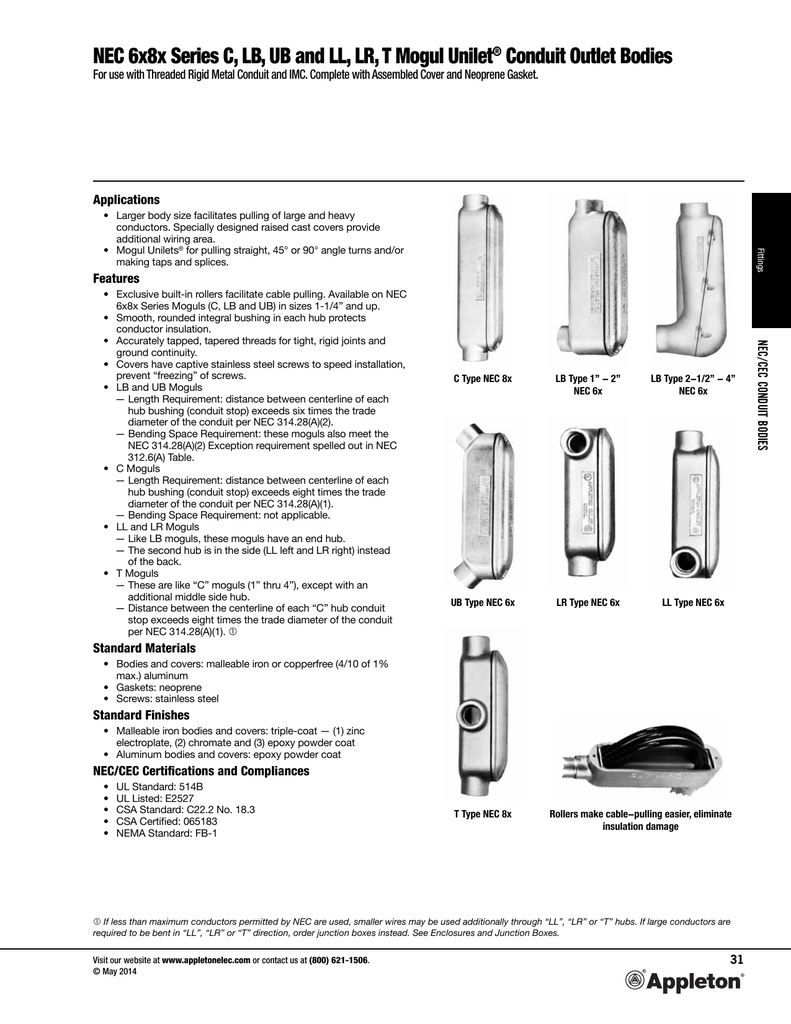The minimum bending radius permitted by the nec for trade size 1 conduit is

Conforms to the requirements of Section See NMLT connectors for further information. Larger sizes available in non-continuous lengths on reels.
Sections are tied or taped and must be separated for use. Also available in black. Other colors available upon request. This version of Type NM is designed to withstand high temperature environments. NMHT can be used to contain conductors having insulation materials with higher temperature ratings.
Type NM2 is an extra-flexible liquidtight nonmetallic tubing. This lightweight tubing cuts easily and installs quickly. It is ideal for wiring protection in tight quarters and for tight bends.
The thin, flexible PVC skin allows for greater movement than Listed nonmetallic conduits. It does not contain a metal core which could fatigue from repeated flexing or vibration. A general purpose, UL and The minimum bending radius permitted by the nec for trade size 1 conduit is listed, nonmetallic liquidtight conduit offering excellent protection to wiring from abrasion, sunlight, mild acids, alkaline and oils.
Often used for air conditioning hook-ups and other outdoor applications. Type NM is a helically wound integral Type B construction. For containment of volt and lower potential circuits. Listed and marked for outdoor use. Listed and marked for direct burial and in poured concrete Installations in hazardous classified locations: Wiring methods for pools and spas.
If you are a human and are seeing this field, please leave it blank. Please fill out the short form to begin training.
However, this could change from time to time due to new developments. It is recommended that you consult our literature for the latest information pertaining to these standards. The only difference is the thinner wall thickness for EB products compared to DB products, which affects certain mechanical properties such as compression.
However, all other product characteristics are identical. How far should the spigot male end be inserted into the bell female end to make a good connection? Additionally, epoxy resins can sustain high temperature exposures and, unlike PVC, will not melt under fault conditions. However, to accommodate specific project requirements, all such products are also available in 9.
RTRC products with a higher glass content will severely restrict this capability. Thin Wall conduit does not offer sufficient compression strength to withstand typical Direct Burial DB loads without the possibility of ovalizing beyond acceptable levels.
This could severely impair cable pulling operations. Are there any operations needed to be performed prior to making an adhesive joint between the bell and spigot? A light sanding of both the inside of the bell and the outside of the spigot is necessary to increase the adherence of the adhesive.
If too much adhesive is utilized it can cause build-ups inside the conduit during assembly, creating obstructions which could the minimum bending radius permitted by the nec for trade size 1 conduit is cable pulling operations. In normal circumstances, expansion fittings are not needed for Encased Burial EB installations since the movement of the conduit will coincide with the expansion and contraction of the concrete.
The only location where an expansion fitting should be utilized is where the concrete itself has an expansion fitting. In Direct Burial DB situations, expansion fittings are not needed because the ground has relatively constant temperatures. However in cold areas, conduit must be installed below the frost line to prevent damage during freezing and thawing cycles. What should you use to make joints go together when you try to mate a spigot male end and a bell female end and it is too tight to fit?
The use of a little wire lube or soapy water on the spigot end will ease the drive of the spigot into the bell. The minimum pullout strength of an adhesively bonded joint is lbs per inch trade size e. Should you use a radius bell end fitting when you pull cable? The use of a radius bell end fitting is highly recommended to prevent damage to the cable during pulling operations.
It is not intended for joining lengths of conduit. No, it is not always possible to reduce fittings to Thin Wall TW dimensions. The minimum bending radius permitted by the nec for trade size 1 conduit is site designed by King Communications.
